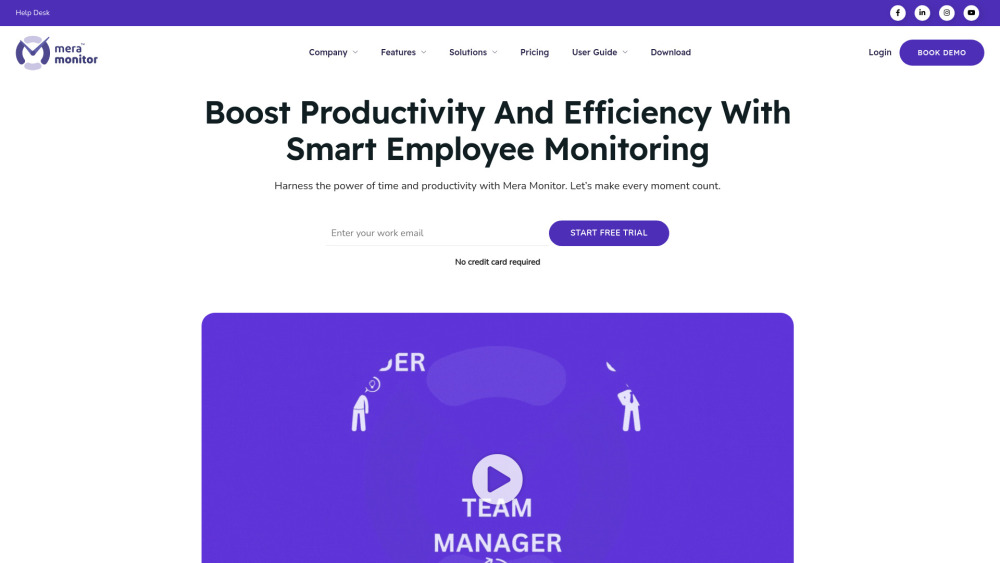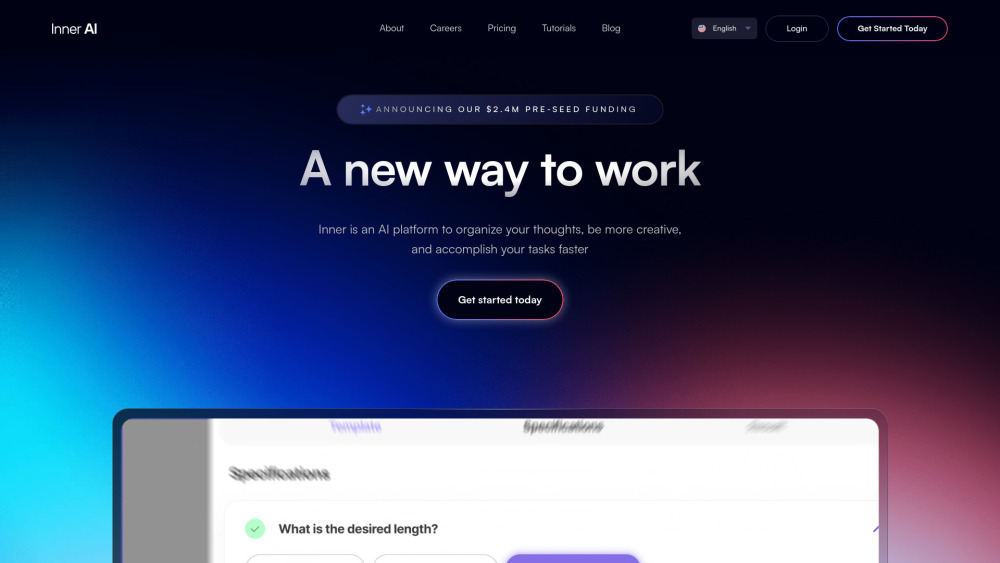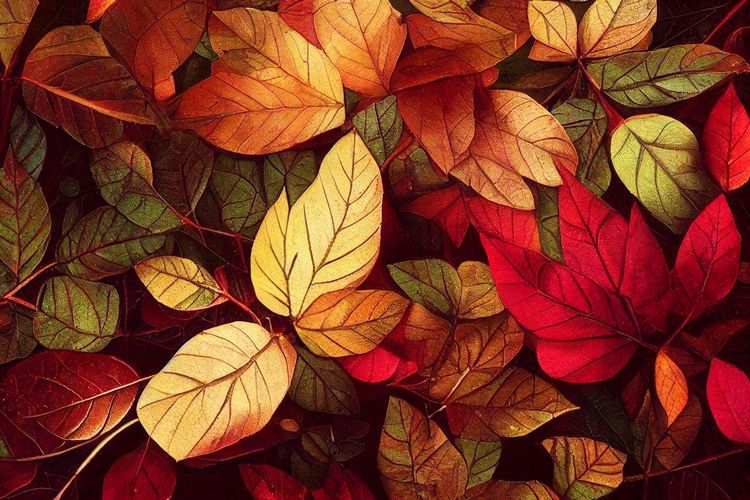Recently, Science magazine unveiled its list of the top ten scientific breakthroughs of 2022, spotlighting crucial discoveries and advancements from the past year. Among these, Artificial Intelligence Generated Content (AIGC) has emerged as a major milestone in the evolution of artificial intelligence.
The Rise of AIGC in 2022
The rise of AI tools, including ChatGPT and AI art applications, marked 2022 as a transformative year for AIGC. This evolution challenges traditional notions of human creativity in fields like art and scientific discovery. Science magazine noted that while AI's integration into creative industries started gradually, it is poised to escalate into fierce competition.
AIGC fundamentally shifts content creation from humans to AI. As data accumulates, computational power grows, and algorithms advance, AI increasingly participates in writing, music composition, visual creation, and video production.
A landmark event for AIGC occurred in August 2022 when "Space Opera," an artwork generated using the AI tool Midjourney, won first place in a digital art competition in Colorado. This painting sparked global debate, with discussions trending on social media and reaching over 110 million views in a single day.
Further momentum for AIGC built in late November 2022 when OpenAI launched ChatGPT, an innovative conversational AI model available for free. Users praised ChatGPT for its ability to engage in discussions on diverse topics, solve coding problems, and critique arguments. The tool rapidly gained popularity, surpassing one million users within five days, prompting OpenAI to temporarily pause user testing.
Expanding AIGC Beyond Text
AIGC’s influence extends to short videos, animations, and music. Companies like Meta and Google are at the forefront, introducing significant advancements in text-to-video technology. For instance, Google's AI system Phenaki generated a two-minute video from a 200-word text prompt, showcasing AIGC's potential, despite some limitations in quality.
Experts anticipate that as AI continues to permeate short video platforms, AIGC will account for a growing segment of content alongside user-generated (UGC) and professionally generated content (PGC).
Mubert, an AI music generation platform, exemplifies the collaboration between artists and AI, facilitating a mutually beneficial relationship. By leveraging millions of samples from various artists, Mubert produces royalty-free music on demand.
Research from Gartner predicts that by 2023, 20% of content could be generated by AI, with generative AI comprising 10% of all produced data by 2025—an impressive leap from less than 1% today.
The Complex Future of AIGC
Despite its rapid development, framing AIGC as a direct replacement for human designers may be premature. Although AIGC has made significant advancements, it faces notable challenges. The debate concerning the true creative value of AI-generated outputs remains unresolved, alongside urgent issues of copyright and commercialization.
As AIGC generates content using extensive datasets of human creativity, similarities to original works can arise. This has led to widespread protests from artists on platforms like ArtStation, who argue that their copyright is being violated by AI systems. The complexities of copyright infringement regarding AI-generated art persist, with major stock image companies opting not to accept AI-generated pieces to avoid copyright issues.
Additionally, inherent flaws in AI algorithms can compromise content quality. For instance, ChatGPT faced a temporary ban from Stack Overflow for inaccuracies in its responses. The ChatGPT team acknowledged that its AI-generated outputs may not always be reliable, posing risks for users seeking accurate information.
These challenges are significant, but ongoing advancements in AI technology may usher in innovative solutions. As platforms like OpenAI strive towards developing general artificial intelligence, AIGC represents not an endpoint, but a crucial step towards broader AI possibilities.





